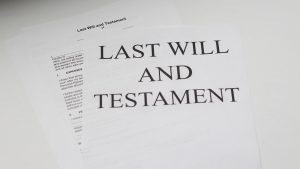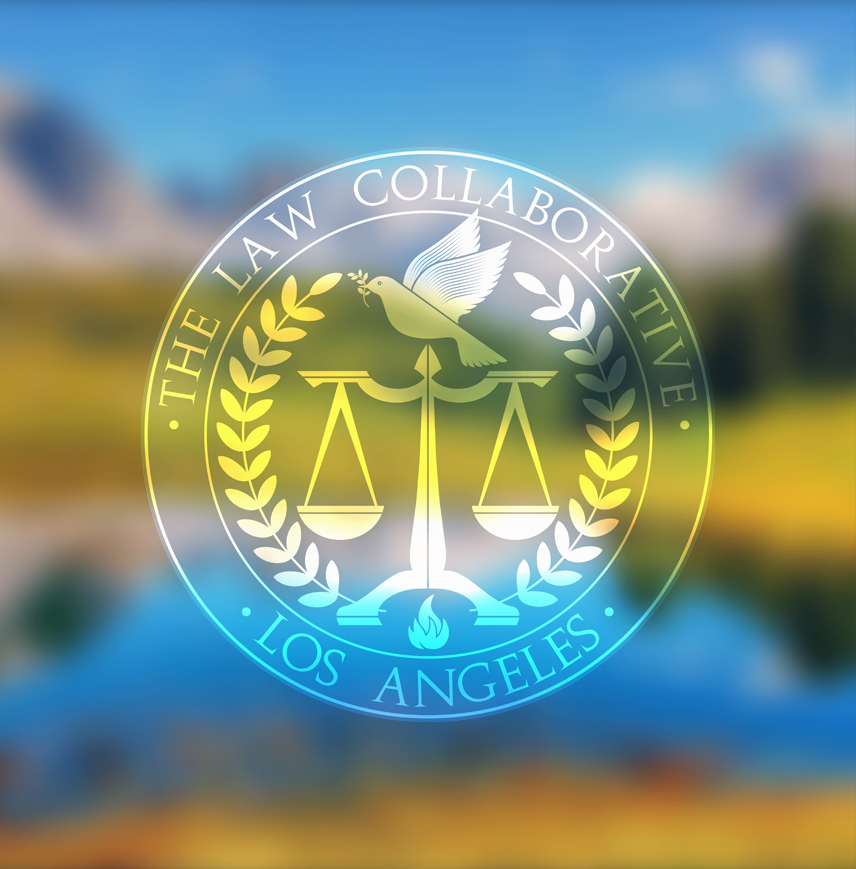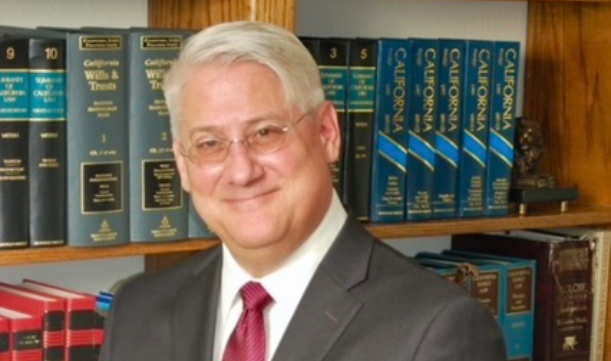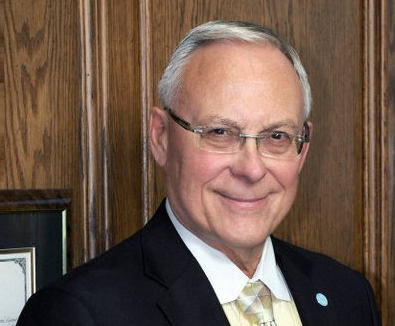One of our primary goals at The Law Collaborative is to become masters and innovators in the field of Consensual Dispute Resolution techniques and practices. In order to develop and promote Consensual Dispute Resolution so that it may become the mainstream, we must change our vocabulary as well as our approach.
We purposefully use the term Consensual Dispute Resolution (CDR) instead of the more prevalent Alternative Dispute Resolution (ADR) because the word “alternative” is a pejorative. It suggests that ADR methods are secondary or tertiary choices to “regular” or traditional dispute resolution. “Regular” suggests mainstream, preferred, and superior. But anybody who has ever been involved in “regular” dispute resolution (litigation) can attest to the fact that, while it may be mainstream, it is not superior. Oftentimes both parties are worse off after participating in the traditional dispute resolution process, and the only people enriched are the lawyers.
Competent and ethical attorneys should always consider CDR methods and approaches first. Litigation should always be considered a last resort as it is usually the most expensive and least predictable avenue. We believe that in the near future, litigation will be considered the alternative dispute resolution method.
One of the most promising developments in the field of CDR is Collaborative Law, a specialized form of con-joint mediation involving two attorneys. This article is not intended as a primer on Collaborative Law; many far more eloquent practitioners have already provided these. For a short list, go back to the Articles section of our website.
Nor is this article intended to persuade you that Collaborative Law is the way of the future. Do not bother reading further unless you believe that Collaborative Law holds great promise. If you need convincing, I would refer you to the case studies on our website, or those on the websites of any of our colleagues. Instead, this article is intended to discuss and reflect on what can be done to improve our collaborative skills and instincts.
Collaborative Problem Solving
Collaborative Law is not yet taught in law schools. Until recently, collaboration of any kind was not formally taught anywhere. What we are taught in school and life is positional negotiation, argument, and combat. From our earliest upbringing, we are taught to choose sides. Dodge ball, red rover, and every sport is about one side winning and the other losing.
Nowhere is this more apparent than in law school. Attorneys are taught from their first day in law school that there are two sides to every argument – your side and the professor’s side – wrong and right, innocent and guilty, black and white. Positional thinking and analysis are paramount to success in law school. One of the primary reasons in law school for examining both sides of a fact pattern is so that you may anticipate your opponent’s defense and defeat it. Graduates exit the system indoctrinated and highly skilled in the methods of argument and combat.
In contrast, collaboration skills are usually learned by trial and error in daily life as we try to work with family, friends, and co-workers. You might pick up some collaborative skills in leadership training or business school, but collaboration is usually taught as a means to an end, not the end in itself.
The Collaborative Paradigm
In traditional litigation, each side in court must take a position, usually in opposition to the other side. In theory, the “trier of fact” is wiser than his litigants, and only after an intelligent and thoughtful review each side’s position, can the judge administer “justice”. We all know that true justice is rarely the result. Judges are never as familiar as the parties are when it comes to the intricacies of their circumstances. Sometimes the judge may not even understand the underlying law. The resulting “justice” is sometimes really just a partially informed third party’s opinion.
In Collaboration, solutions are not dictated to the parties, but arrived at by the parties themselves. The parties are not made to take positions, but are asked about goals and outcomes. Negotiating from the outcome rather than the position allows for creative problem solving. Oftentimes creative solutions present themselves where previously no solution seemed possible. Rather than the litigation model’s “winner take all” result, Collaboration can result in a true win/win solution.
Furthermore, since the parties play an active role in the problem solving process, they are usually much more satisfied with the results even if they might not have been otherwise. The parties are able to “own” the results since they controlled the process.
In order to be most effective, collaboration should really be an end unto itself. Many controversies and conflicts are ongoing issues with ever-changing and evolving facts and situations (e.g. child custody, support, or disability). As long as parties remain in relationship (father/mother, employer/employee) the potential for controversy and conflict is never ending.
Ongoing controversies cannot be efficiently addressed by occasional saber rattling letters and threats of litigation. These only polarize the parties and may serve as a kind of “dare” to litigation. On the other hand, a continuing and constant application of Collaborative methods can prevent controversies from becoming conflicts. In our experience, Collaboration has proven to be the most cost effective and least destructive method of long term dispute prevention and resolution.
Changing Our Paradigm
We believe that in order to excel as masters of collaborative methods and techniques, we must apply them as often as possible. Given that the vast majority of our waking time is spent at work, work is the best place to develop and exercise these new skills. To that end, we have a unique management structure at TLC. The vast majority of law firms and businesses in general are ruled by a hierarchical system; managing partners supervising partners, supervising associates, etc. The classic “top down management” system. At TLC we practice a heterarchical system of management. That is, we collaborate in office management decisions and day-to-day operations.
At TLC we have group meetings where we attempt to solve problems and make decisions collaboratively. Rather than one person dictating the color of the paper for a particular form, we try to choose the color collaboratively. Rather than just the partners or a committee writing the mission statement, firm values, and the procedures manual, the whole staff painstakingly collaborated on everything. One thing we’ve learned is that a decision which one person can make in an instant, may take hours to make collaboratively.
Collaboration is not the quickest method of problem solving. If measuring only time, it is not at all efficient. But if the desired outcome is one with profound long-term impact, it is the most effective method. The time we spend collaborating on internal office issues is an investment in developing collaborative skills and instincts. They say that when all you have is a hammer, every problem looks like a nail. Collaborating with your co-workers all day is like standing in front of a great tool chest with all the drawers open.
If we are to become masters of this new technology, this technology so foreign to professionals trained and indoctrinated in adversarial and positional dispute resolution, it must become our second nature. No, it must become our first nature. Sensitive matters may not withstand a non-collaborative or aggressive response to a problem. Since either party can unilaterally withdraw from the Collaborative process and disqualify both attorneys from further representation, each response to conflict must originate from the right mindset.
If an attorney is sitting at her desk, making unilateral decisions, dictating procedure, making hierarchical demands, she is not in the right mindset to deal with a call from her client or opposing counsel on a Collaborative case. It is too easy to fall back into habits which do not foster or support collaboration. We can easily take a case sideways with just a few words coming from the wrong mindset. How can we expect our clients and opposing counsel to “collaborate” when the stakes are high if we can’t collaborate in the low-stakes day-to-day operation of our office?
We have seen Collaborative Law cases, where well-intentioned parties have made significant progress, unravel due to “good” traditional lawyering. In order to negotiate the minefield of conflict, one must proceed with caution at all times. Instinct and gut reactions are important, but they must originate in a place of commitment to the goals expressed by the parties. An attorney who is representing a party in a CDR case must remember that the scope of their representation requires that they adhere to good CDR protocols. Ignoring that fact ignores the scope of representation and violates the rules of professional conduct.
We’ve heard opposition to this approach; “What about your litigated cases, won’t they suffer? Won’t you lose your edge?” No, old instincts are hard to kill. Trying to think collaboratively all the time does nothing to dull our deep inbred fight or flight instinct.
Leading By Example
One of our goals is to instill in our clients those skills they will need to navigate future controversy and conflict without allowing it to escalate to the level of litigation. We must teach our clients that oftentimes the best solution is not one of the choices presented. Often, the best solution is something neither side can see nor has considered. When you’re digging trenches and getting ready to exchange fire, you don’t always have time to step back and survey the landscape. In fact, any delay may result in your becoming a casualty of the conflict. The traditional maxim is “Strike first and furiously”.
The traditional fight or flight attitude and belief system, so fundamental to zealous advocacy, are anathema to effective CDR. Parties truly interested and committed to finding a low-cost, low-impact solution to their conflict can find their process instantly and irrevocably derailed by the argumentative fighting instinct honed by their attorney after years of argument and litigation.
It is so important that we nurture, foster, and maintain the collaborative mindset that we must even change our language. In our Collaborative cases, there are no “opposing party” or “opposing counsel.” Not even in our notes. We labor to use the terms Collaborative Counsel (abbreviated “Cola” in our notes) and we try to use the parties’ first names at all times. We want our notes and our letters and our files to reflect this radical new way of thinking. Collaboration does not yet make up the majority of our case load so our other files use traditional terms, but as soon as we open a Collaborative file, the language we’ve used should help to place us in the right mindset – the only mindset that supports the scope of representation for which we were retained in a Collaborative case.
Likewise, we labor to use neutral terms and first names in our mediation cases. We labor to insure that our correspondence and notes are neutral on their face. All correspondence is addressed to both parties in mediation. We alternate parties in the greetings from letter to letter and we even alternate the return addresses at the top of the page. Typically, if wife’s address appears on the left and husband’s on the right, or wife’s on top and husband’s underneath, we reverse the greeting so the party with first billing get’s second greeting. In our next letter, both are reversed.
God Is In The Details
These may all seem like trifling details, but as several wiser than we have observed, “God is in the details.” Details are things we can easily control and change.
By changing our language to reflect our goals, and by changing our office culture from hierarchical to heterarchical, we hope to fundamentally change the way we think when we walk into our office. When we’re sitting at our desks, we want Collaboration to be our first nature. When the phone rings, we hope to already be in a cooperative, collaborative mindset. When a client starts sharing their conflict with us, we want our minds to search automatically for creative collaborative solutions. If we labor hard to be collaborative all of the time, we won’t have to labor so hard to be collaborative when our clients are depending on it.
This is why we collaborate. By changing these and other details of our work life, we hope to change our thinking. By changing our thinking, we hope to change our practice. By changing our practice, we hope to change our system, and eventually our culture. The most ambitious journey starts with the smallest steps.












